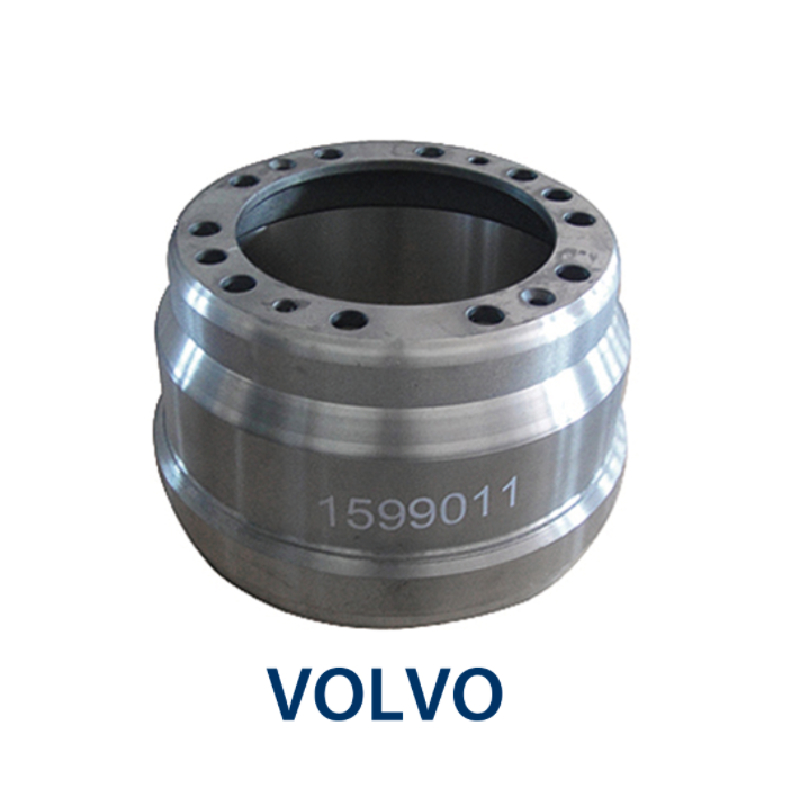12 月 . 04, 2024 16:20 Back to list
truck brake drum
Understanding Truck Brake Drums Key Components for Safety and Performance
When it comes to the safety and performance of heavy-duty trucks, the braking system is paramount. Among its crucial components, the brake drum plays a significant role in ensuring that large vehicles can stop effectively. This article will explore the function, design, maintenance, and significance of truck brake drums, shedding light on why they are essential for the safe operation of commercial vehicles.
What is a Brake Drum?
A brake drum is a cylindrical component that forms part of a drum brake system. The primary function of the brake drum is to provide a surface against which brake shoes press, creating friction that slows down or stops the vehicle. Typically made of cast iron or aluminum, brake drums are designed to withstand high heat and stress generated during braking. They come in various sizes and specifications to match the requirements of different truck models and their respective braking systems.
How Do Brake Drums Work?
The operation of a brake drum is relatively straightforward. When a driver presses down on the brake pedal, hydraulic pressure is applied to the brake shoes. These shoes expand outward against the inner surface of the brake drum. The resulting friction between the shoe and drum slows the rotation of the wheels, effectively bringing the vehicle to a stop. The design of the brake drum allows for even distribution of force, making the braking process efficient and reliable.
Importance of Brake Drum Maintenance
truck brake drum

Regular maintenance of truck brake drums is critical for safety. Over time, brake drums can wear down due to the friction generated during braking. This wear can lead to several issues, including reduced braking efficiency, overheating, and even brake failure. Therefore, it is essential for truck owners and operators to conduct routine inspections and maintenance. This includes checking for signs of cracking, warping, or excessive scoring on the drum surface.
Signs of Wear and Tear
1. Unusual Noises Grinding or squeaking sounds while braking may indicate worn brake shoes or damaged drums. 2. Vibration If the truck shakes or vibrates during braking, it could signify uneven wear or warpage of the brake drum. 3. Increased Stopping Distance If the vehicle takes longer to stop than usual, it may be a sign of brake inefficiency, often caused by worn components.
Upgrading and Replacing Brake Drums
Over time, it may be necessary to replace the brake drums, especially if they are beyond repair. When selecting replacement drums, it is crucial to choose components that meet the manufacturer’s specifications to ensure compatibility and optimal performance. Upgrading to high-performance brake drums can further enhance braking efficiency and durability, especially for trucks that frequently operate under heavy loads or in harsh conditions.
Conclusion
In summary, truck brake drums are vital for the safe operation of commercial vehicles. Understanding their function, maintaining them properly, and recognizing the signs of wear can significantly impact a truck's overall safety and performance. With regular checks and timely replacements, truck operators can ensure that their vehicles remain safe on the road, thus protecting both the driver and other road users. Investing in quality brake components is not just a matter of performance; it's a commitment to safety that should never be overlooked.
-
Brake Drum for Kamaz Trucks Durable OEM Replacement & High Performance
NewsMay.30,2025
-
Brake Drum Man High-Quality Drum Brake & Shoe Solutions
NewsMay.30,2025
-
High-Performance Brake Drum for Kamaz Trucks Durable Drum Brake Components
NewsMay.29,2025
-
Brake Drum Man High-Quality Drum Brake Drums & Brake Shoes
NewsMay.29,2025
-
Brake Drum MAZ High-Performance & Durable Replacement Parts
NewsMay.29,2025
-
heavy truck brake drums
NewsMar.07,2025
